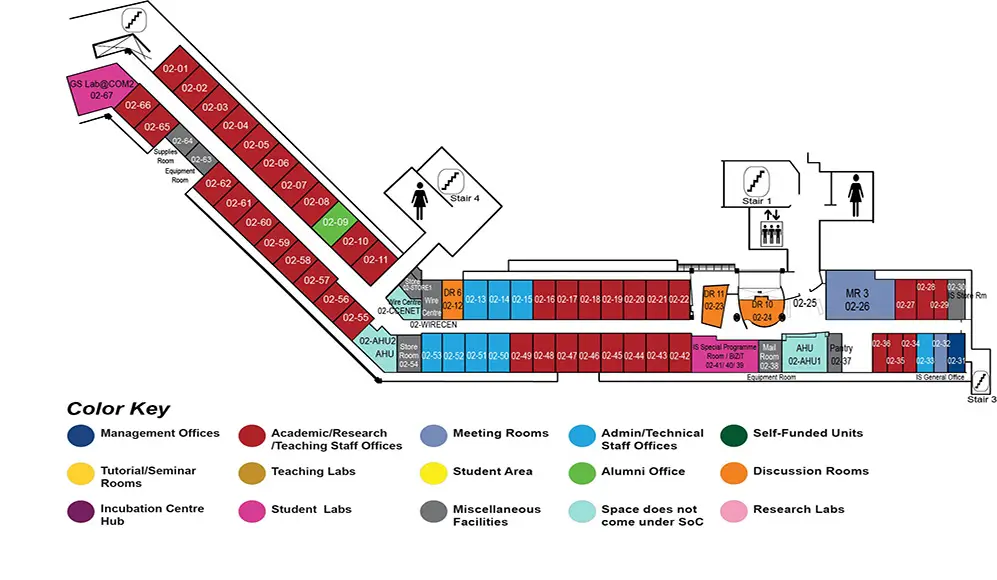Sensor Enhanced Localization for Internet of Things
Dr Anand Bhojan, Associate Professor, School of Computing
COM2 Level 2
MR3, COM2-02-26


Abstract:
Internet of Things (IoT), the largest ever-growing network of communicating devices, was estimated to a population of over 20 billions in 2018. While at a lower level, things technically refer to devices, tags and wearables, at a higher level, a thing may refer to either an object or a location or a person. Quite often, people navigate to object of interest, that requires localization. While there are many works done on localization ranging from coarse-grained to fine-grained level, using numerous technologies and methods, it is noted that most of the localization methods are meant for mobile phones. As such, the requirements largely exceed the capabilities of IoT devices. In many cases, device customization and user active participation is required to enable for navigation and localization. Moreover, while on one hand, with nearly all the proposed technologies, the location accuracy is severely impacted by obstacles in the environment, on the other hand, those works, that allow for penetration of obstacles, are neither compatible with smartphones nor with off-the-shelf IoT devices.
When it comes to IoT applications, one of the main requirements is that most devices are highly resource constrained. Therefore, to enable for widespread deployment, applications are regarded as IoT-compliant when they consume low energy and are computationally efficient. As IoT devices are equipped with low-power sensors, location-based services can be sensor-enhanced while balancing energy consumption and performance. To this end, in this thesis, the following is proposed: (1) BFound, a light-weight navigation system, based on deployed IoT devices with ambient sensors for room-level localization, (2) MagB, a fine-grained localization, based on magnetic sensors, that penetrates obstacles, and (3) a privacy context, for location-based services, that can be generalized to any threshold-based application requiring sensor-to-cloud interaction for service provisioning.
With BFound, the proliferation of beacons and passive crowdsourcing are leveraged to build a virtual map that allows for end-to-end cross-floor navigation. Multiple users can walk and cover different areas of a multi-storey building. The collected traces are then processed and modelled as a graph, which is lightweight and can be downloaded for subsequent navigation in these areas. When it comes to navigation to thing-of-interest, room-level localization is achieved with high accuracy. In order to achieve this kind of localization, sensor data of a device is used to generate a signature that is unique to the room it belongs.
As for MagB, the results are more than promising when the magnetometers found in smartphones and IoT devices are redefined from the provision of a simple application context of compass direction or motion detection to a more complex precision tool that allows for fine-grained localization. The robustness of MagB comes from the auto-calibration process, which makes the orientation of the magnetometer???s orientation trivial, and the use of angle-of-arrival, instead of ranging, for localization.
In this thesis, if the IoT device can be heard using RF, it can now reveal its location, however physically hidden it is, to the desirable granularity using its sensors, for the user to navigate to it. As such, finally, whenever a relationship exists between an IoT sensor and a user, privacy protection is ensured without sacrificing the functionalities of context-aware applications or location-based services. A trigger unifomization mechanism is proposed to obfuscate the sensor or device behind a detected event. Although, the class of IoT applications being targeted is threshold-based, this enables semi-trusted parties to provide the desirable services to a person at the needed moment in such a way that the cause is unclear.

